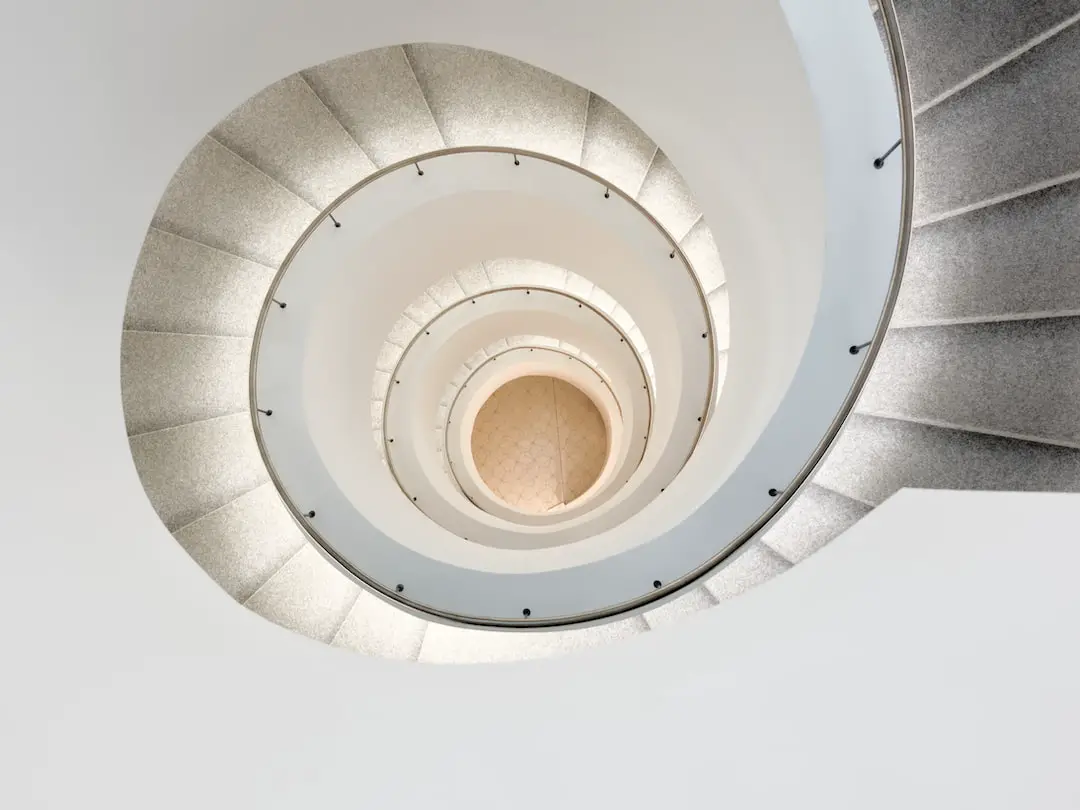
Imagine wandering through the bustling streets of Bobo-Dioulasso, the beating heart of Burkina Faso’s cultural heritage. Here, the architecture isn’t just a backdrop; it’s a vivid narrative of history, culture, and innovation. As we delve into the evolution of this city’s architectural landscape, we’ll uncover the layers of time that have shaped its unique skyline.
The Roots of Tradition: Mudbrick and Wood
In the beginning, Bobo-Dioulasso’s architecture was a dance of simplicity and necessity. The use of mudbrick and wood was widespread, crafting homes that breathed with the earth. The Grand Mosque, standing since the late 19th century, is a testament to this era. Its conical towers and wooden struts are not just structural; they’re a symbol of the city’s enduring spirit.
Colonial Imprints: A Shift in Style
The French colonial period brought a seismic shift. European influences seeped into the local architecture, introducing new materials and techniques. Buildings like the Bobo-Dioulasso Railway Station, with its distinct colonial facade, emerged. This blend of styles created a visual dialogue between the old and the new, a conversation that continues to this day.
Post-Independence: Modernity Meets Tradition
Post-independence, the city didn’t just embrace modernity; it redefined it. Architects began experimenting with form and function, infusing modern techniques with traditional motifs. The result? A cityscape that’s as eclectic as it is beautiful, where each building tells a story of cultural fusion.
Contemporary Innovations: Sustainable and Stylish
Today, sustainability is the name of the game. Architects in Bobo-Dioulasso are pushing the envelope, using local materials and green technologies to create buildings that are both environmentally friendly and aesthetically pleasing. It’s a bold step forward, proving that respecting our past doesn’t mean we can’t innovate for our future.
FAQs
What is the significance of the Grand Mosque in Bobo-Dioulasso’s architectural history?
The Grand Mosque is a cornerstone of Bobo-Dioulasso’s architectural heritage. Its traditional Sudano-Sahelian style, characterized by the use of mudbrick and wooden support beams, showcases the ingenuity of local building techniques that have withstood the test of time.
How did French colonialism influence the architecture of Bobo-Dioulasso?
French colonialism introduced European architectural styles and materials, leading to a fusion of French and African design elements. This period saw the construction of buildings with European features, such as the Bobo-Dioulasso Railway Station, which became landmarks of the city’s colonial past.
What role does sustainability play in contemporary architecture in Bobo-Dioulasso?
Sustainability is Central to contemporary architecture in Bobo-Dioulasso. Architects are focusing on eco-friendly designs that utilize local materials, reduce energy consumption, and blend with the natural environment, all while maintaining the city’s aesthetic and cultural integrity.
Conclusion
Bobo-Dioulasso’s architecture is a living chronicle, etched in mudbrick, wood, and concrete. From the Grand Mosque’s traditional elegance to the Railway Station’s colonial charm, and onto the sustainable innovations of today, the city’s skyline tells a story of resilience and creativity. It’s a place where the past is not just preserved; it’s the foundation upon which the future is built. As we’ve journeyed through the architectural evolution of Bobo-Dioulasso, it’s clear that this city is more than just a collection of buildings—it’s a canvas of cultural expression, a testament to the enduring spirit of Burkina Faso.
In this exploration of Bobo-Dioulasso’s architectural journey, we’ve seen how each era has contributed to the city’s distinctive character. The architecture of Bobo-Dioulasso is a rich tapestry woven from the threads of history, culture, and innovation. It stands as a beacon of Burkina Faso’s heritage, inviting us to look closer and appreciate the beauty of evolution in built form.